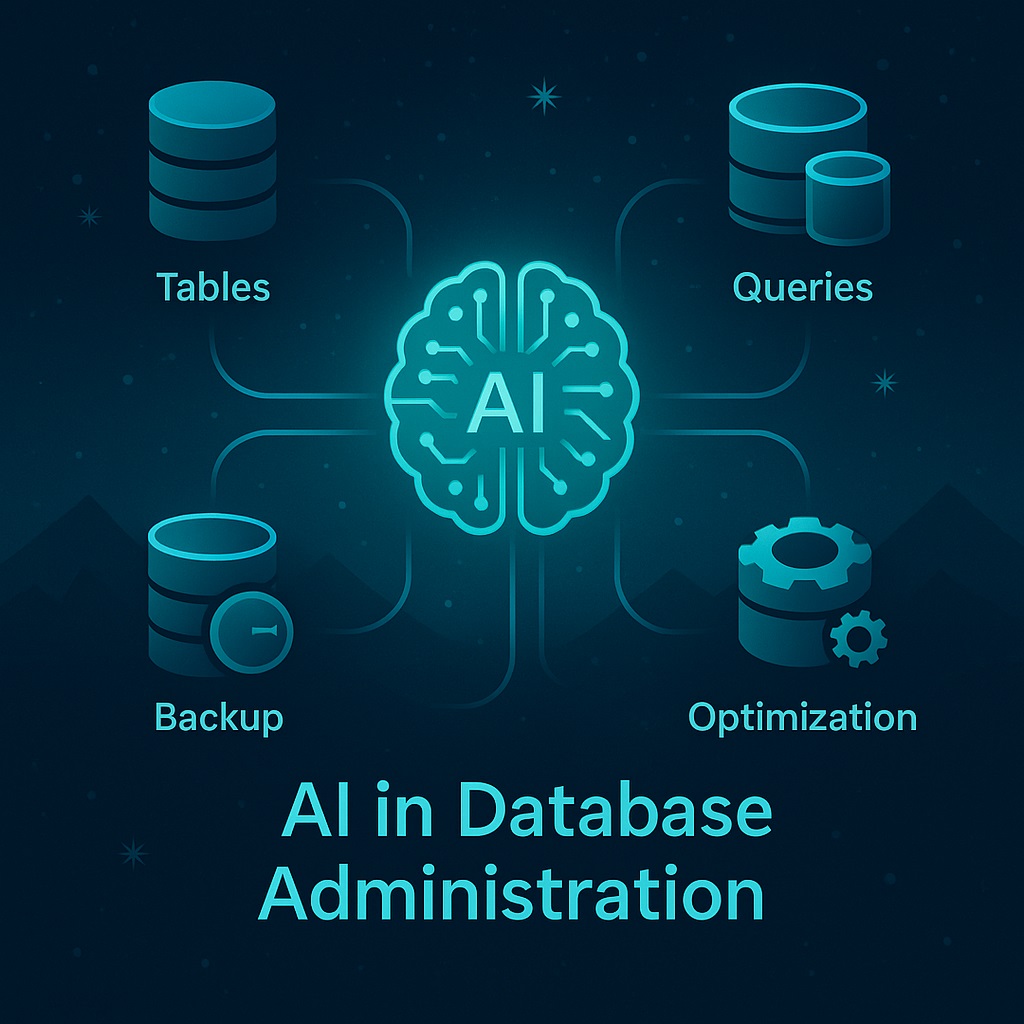Beinga machine learning engineer isn’t just about training machine learning modelsfor solving problems. Simply training the model doesn’t guarantee that yourmodel learns the concepts and patterns hidden in the training data to its fullpotential. A major portion of your work on an ML project will be to ponder overyour test results and see if you can improve them.
However,improving your models will be really challenging if you don’t know how toevaluate them. There are several ways to evaluate machine learning models thatpoint out the ways that you can improve your models. In this article, we’ll betaking a look at some of the ways to evaluate and improve machine learningmodels.
Evaluating and Improving the Performance of Machine Learning Models
Performance evaluation of your model is essential to ensure that your software development efforts achieve the optimum performance of the model for the dataset. To ensure effective performance evaluation, make sure that you don’t train the model on the entire dataset. Make sure you split the dataset for training and testing starting with a typical split of 70% training and 30% testing.
Splittingthe dataset is essential to prevent the model from overfitting to the trainingset. However, it can also be useful to test the model as it is being built andtuned to find the best parameters of a model. But, we can’t use the test setfor it. Hence, we make a third subset of the data in those cases to evaluatethe model while still building and tuning the model known as the validationset. Make sure to shuffle the data before splitting to ensure that each splithas an accurate representation of the dataset.
Now that we’ve known about the importance of the train/test/validation split, let us get to know the metrics used to evaluate the performance of the models.
- Classification Metrics
To understand what classification metrics are andhow they can be used, we first need to understand the outcomes of aclassification model. These are:
- True positives: When youpredict that the observation belongs to a particular class and it actually doesbelong to that class.
- True negatives: When you predictthat the observation doesn’t belong to a class and it actually does not belongto that class.
- False positives: When you predict that the observation belongsto a particular class and it actually doesn’t belong to that class.
- False negatives: When youpredict that the observation doesn’t belong to a class and it actually doesbelong to that class.
These outcomes can further be used to calculate the classification metrics that can be used to find out the model’s performance. They can also be plotted on the confusion matrix to visualize the model’s performance. Furthermore, the confusion matrix can also be extended to plot multi-class classification predictions.

Here are the three main classification metricsthat can be used to evaluate your model’s performance.
- Accuracy: The percentage ofcorrect predictions for the test data is known as the Accuracy of the model.
- Precision: The ratio oftrue positives for a class to the total predictions said to belong to thatclass is known as the Precision of the model.
- Recall: The ratio of truepositives for a class to all of the examples that truly belong in the class isknown as the Recall of the model.
As you can tell, accuracy is the most basicclassification metric that can be used to evaluate your model. Depending on theproblem statement, precision or recall must be used to evaluate your model onthe basis of relevance. You can also use F1-Score which is the weighted averageof both the metrics if both are significantly relevant to the performance ofthe model.
- Regression metrics
In regression problems, you’re dealing with acontinuous range instead of a discrete number of classes. Thus, the evaluationmetrics that you need to use are very different from classification metrics.Here are the most popular regression metrics that you can use:
- Explained Variance: This metric compares the variance within the expected outcomes to the variance in the error of your model. In essence, it represents the amount of variation in the original dataset that the machine model is able to explain.

- Mean Squared Error (MSE): The average of squared differences between the predicted output and the true output is known as the mean squared error.

- R2 Coefficient: It is the statistical measure of how close the data are to the fitted regression line. It basically represents the proportion of variance in the outcome that our model is capable of predicting based on its features.

Effective performance evaluation is the first step to improve the performance of your machine learning models. Like most aspects of software development, this is key as well. Choosing the right metric to evaluate your model’s performance allows you to focus on the outcomes that matter and focus on their optimization more. Additionally, you must also be well-versed with validation and learning curves to ensure effective performance evaluation and optimization of your machine learning model.


